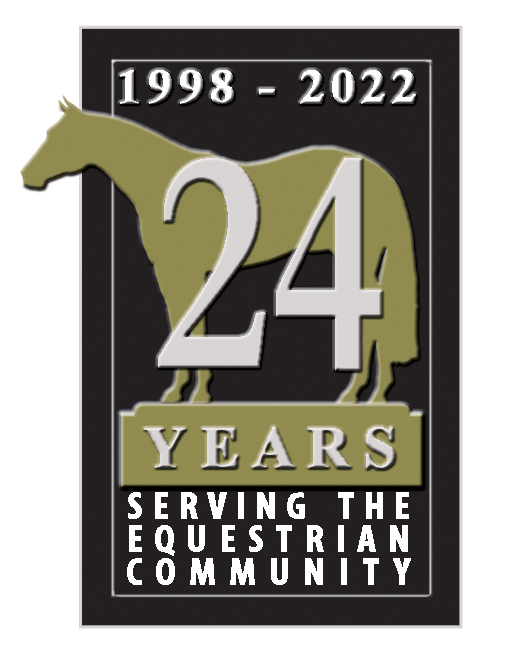The Top Five Methods of Green Fly Control
May 17, 2010With fly season about to kick into full force across the country there are several effective green methods of fly control that any horse owner can use.
According to Laurie Cerny, editor of Green Horsekeeping & The Sustainable Stable magazine, using a combination of methods and eco-friendly products is the key to effective green fly control.
Here are her top five suggestions:
1. Use fly predators. These tiny insects eat fly larvae – breaking the life cycle of the fly. You need to start early in the season and may have to do double applications during the height of fly season, or if your spring and summer is abnormally wet.
2. Promptly remove manure from stalls and paddocks. In other larger areas where there is manure, like in pastures, either harrow fields or use a pitchfork to break piles apart.
3. Keep standing water and tall grass to a minimum. Don’t run water tanks over and turn over unused tanks, buckets, and grain pans left outdoors. Keep grassy areas around the barn and paddocks trimmed down as short as possible as flies and other insects rely on foliage for protection.
4. Feed garlic and/or Diatomaceous Earth. Many horse owners are aware that feeding garlic is a natural way to help control the fly population. Feed with caution, however, as garlic can be rough on the stomach and is not recommended for use on horses prone to ulcers. Fewer owners are aware of the benefits of feeding Diatomaceous Earth (DE), which is a chalky white rock substance mined from fossilized deposits of single-cell plants. Feeding DE is said to help eliminate internal parasites and reduce manure odor – both of which help to deter fly reproduction.
5. Use Ziploc bags containing pennies and water. Make these eco-friendly fly deterrents by dropping 3-5 pennies in a plastic bag filled with water. Hang the bags in an area where flies enter the barn or congregate. Apparently the flies see their distorted reflection of themselves in the bagged penny water and are afraid of what they see.
For more green horsekeeping tips read bi-weekly entries at http://greenhorsekeeping.blogspot.com/.

